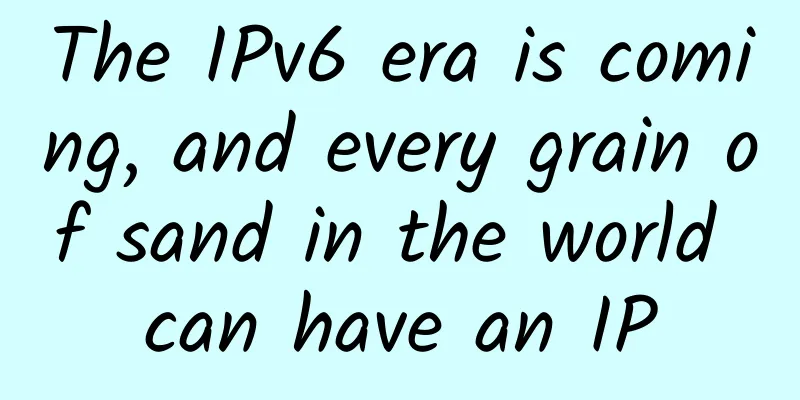Interviewer: What is the DNS protocol? Can you describe the complete DNS query process?

|
This article is reprinted from the WeChat public account "JS Daily Question", the author is Huihui. Please contact the JS Daily Question public account to reprint this article. 1. What isDNS (Domain Names System) is an Internet service that converts domain names and their corresponding IP addresses. Simply put, DNS is equivalent to a translator, responsible for translating domain names into IP addresses.
2. Domain NameA domain name is a hierarchical structure, from top to bottom, it is the root domain name, top-level domain name, second-level domain name, third-level domain name... For example, www.xxx.com, www is the third-level domain name, xxx is the second-level domain name, and com is the top-level domain name. The system has made compatibility for users, and the root domain name at the end of the domain name generally does not need to be entered. There is a domain name server at each level of the domain name, as shown below: In addition, there is the computer's default local domain name server 3. Query methodThere are two ways to query DNS:
Iterative query: If receiver B does not have the exact content that requester A needs, receiver B will tell requester A how to obtain the content, but will not make the request itself. 4. Domain name cacheWhen the domain name server is resolving, use the cache to save the mapping between the domain name and the IP address The DNS records in the computer are also divided into two cache modes:
5. Query processThe process of resolving a domain name is as follows:
The process is shown in the figure below: References https://zh.wikipedia.org/wiki/%E5%9F%9F%E5%90%8D%E7%B3%BB%E7%BB%9F https://www.cnblogs.com/jmilkfan-fanguiju/p/12789677.html https://segmentfault.com/a/1190000039039275 https://vue3js.cn/interview |
<<: Free and easy to use! This data recovery software found my video from two years ago
>>: China Mobile launches A-share listing: "Making money" but not "cutting leeks"
Recommend
New plan of the three major operators to increase speed and reduce fees! Be sincere, but be careful of "small tricks"
In the past four years of the implementation of t...
Summary information: Wuyou Cloud/Cool Cloud/Lanyun/Tiansheng Cloud/Candy Host/Cool Cloud
All merchants are actively carrying out Double El...
JustVPS: 30% off UK VPS/20% off all VPS, unlimited traffic in multiple data centers in the United States/France/Singapore/Russia/Hong Kong, China
JustVPS.pro bought a VPS in London, UK, last Dece...
Are the price increases for mobile phones and broadband services caused by 5G construction?
Over the past year, mobile phone charges have inc...
Virtono has a limited time 50% discount, Dallas/Romania KVM annual payment starts from 7.47 euros
Virtono has released a limited-time 50% discount ...
Five best practices for improving network uptime
In the near future, no one should have to wait fo...
SoftShellWeb: 30% off VPS in Taiwan/Netherlands/San Jose, 1Gbps unlimited traffic from $3.5/month
SoftShellWeb has launched a promotion for all VPS...
Four SD-WAN misconceptions
When any technology or service is sold in large q...
In which industries can blockchain be applied?
In recent years, blockchain technology has become...
Moving forward amid challenges: A review of the top ten events in the 5G field in 2020
Time flies, and in the blink of an eye, 2020 has ...
Huawei's Rotating Chairman Guo Ping speaks at the Global Analyst Conference: Overcoming difficulties and moving towards the future
[Shenzhen, China, May 18, 2020] Huawei's 17th...
Listen to Medical Information | Why do hospitals choose minimalist Ethernet color optical network for network construction?
As the overall informatization of the medical ind...
The Ministry of Industry and Information Technology has indicated 10 important directions for 5G development in 2020!
On January 20, the State Council Information Offi...
ICANN to replace Internet Domain Name System (DNS) encryption keys for first time
Recently, David Conrad, Chief Technology Officer ...









